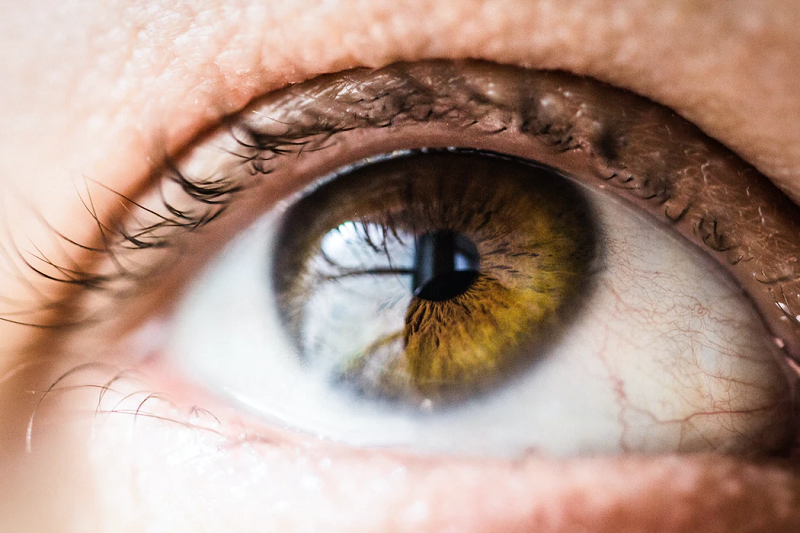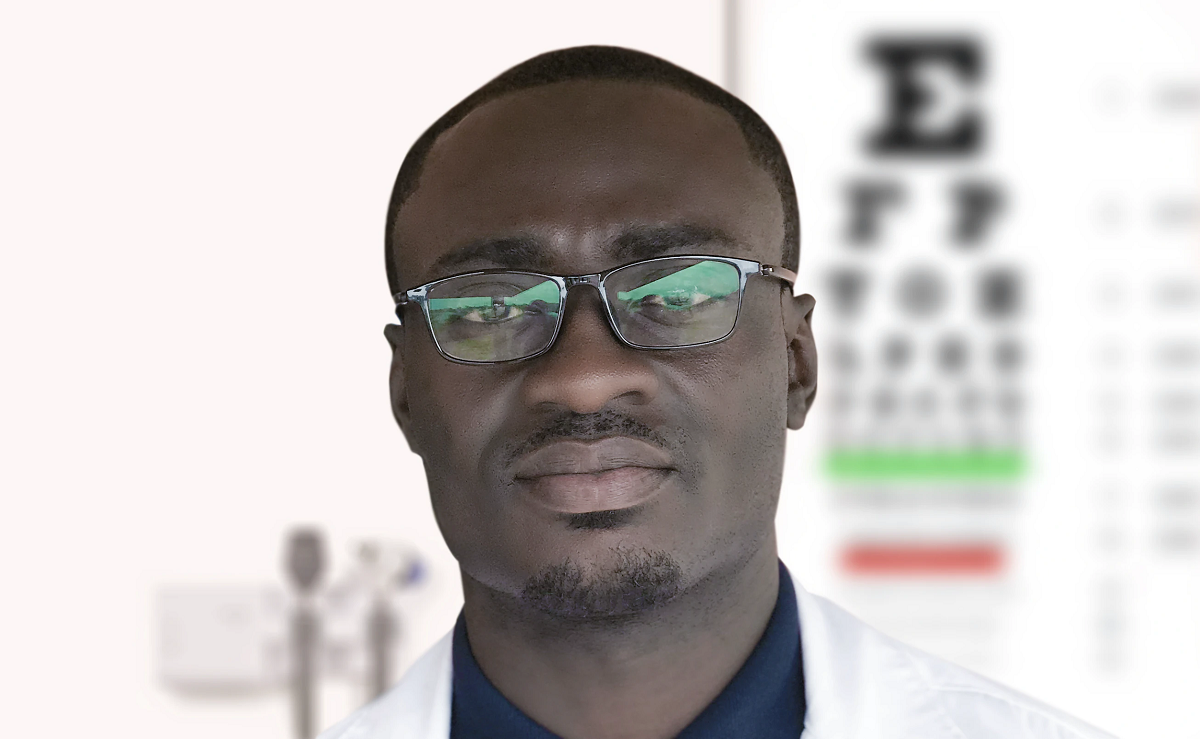Has it become more difficult for you to drive early in the morning or at night when there’s a lot less light? If so, you definitely aren’t alone! Poor night vision tends to be more noticeable as we get older, especially around the 40-years-old mark.
Night blindness, also known as nyctalopia, can be caused by all sorts of underlying vision issues, including cataracts, corneal diseases, vitamin A deficiency, and nearsightedness. While there are many treatments for night blindness, we all want the quick, simple, easy fix.
For those who experience night blindness, you may have come across a product known as night driving glasses. These glasses are said to make driving in low-light conditions a lot easier and safer, but do they really work?
Here’s what you need to know about night driving glasses, including how they work and if they’re the best solution for those who have night blindness or other night vision problems.
The Science Behind Night Driving Glasses
We won’t bore you too much with the in-depth scientific details, but it helps to understand how these glasses are supposed to work. Night driving glasses offer three unique properties, including:
- Polarized lenses
- Yellow tint
- Anti-glare coating
Polarized lenses are designed to block light in a specific condition. These lenses are made with tiny slits that are all going in the same direction. This allows the light to go through the lens in an organized beam that is in the same direction as the slits.
The yellow tint on night vision glasses works by diminishing shorter wavelengths of light, such as blues and greens. This offers better contrast, which is important for safe nighttime driving.
Yellow lenses are ideal because of how our vision works. The center of our vision contains light receptors that work best with longer wavelengths like reds and yellows. However, the rest of the eye, which is designed to detect motion, contains receptors that are most sensitive to shorter wavelengths like blues and greens.
This area of the eye is also sensitive in low light. So, by using a yellow tinted lens, you should see more contrast. However, the yellow tint also limits the eye’s natural motion-sensor-detecting properties. This poses a huge risk when driving at night.
Last but not least, most night vision glasses also use an anti-glare coating. As the name implies, this coating prevents glare from the light that reflects off of the lenses.
When wearing normal glasses, you’ll notice that the light sometimes bounces off your lenses and then shines right back into your eyes. The non-glare coating is designed to prevent this from happening.
Most non-glare coatings can be beneficial for night driving, as they can block the glare from oncoming headlights. This light can be blinding and distracting, so not having to see it does make nighttime driving much safer.
Understanding Night Blindness
Don’t take the term too literally. Night blindness doesn’t mean that you can’t see anything at night. Instead, it means that your ability to see well at night is greatly impaired. This condition also impacts vision in low or poor light, such as dimly lit restaurants and movie theaters. There are several conditions that can cause night blindness, including:
- Muscular degeneration
- Cataracts
- Vitamin deficiencies
- Nearsightedness
So, how do you know if you have night blindness? There are some telltale signs to be aware of. The most obvious sign is having trouble adapting to driving in the dark. You may also experience blurry vision when driving at night, as well as excessive squinting and difficulty adjusting from a bright area to a darker one.
Do Night Driving Glasses Really Work?
While night driving glasses may sound like the perfect solution, research shows that these glasses aren’t very beneficial.
A study conducted by researchers at the Schepens Eye Research Institute tested whether or not night driving glasses offer any visual benefit for nighttime driving.
Participants drove in four different simulated night-driving conditions and wore either yellow-tinted night driving glasses or glasses with clear lenses. In each driving scenario, the driver’s reaction time to seeing a stimulated pedestrian alongside the roadway was measured.
After looking at the results from 22 adults of varying ages, it was found that night driving glasses appeared to have little to no benefit to pedestrian detection. The glasses also did not reduce the effects of headlight glare.
In fact, the results found that wearing yellow-tinted glasses may slightly worsen nighttime performance behind the wheel. With that said, if you experience difficulty when driving at night, don’t rely on night vision glasses to be the fix.
Night Blindness Solutions
While yellow-tinted glasses may not be the solution to your nighttime driving woes, there are some things you can do to drive more safely in low light conditions. Of course, the best thing you can do is to contact a local optometrist who can best analyze your vision and provide you with a long-term effective solution.
For now, here are some tips and tricks to try.
Let your eyes adjust naturally. Letting your eyes slowly acclimate to low light is one of the simplest ways to see better in the dark. To do this, sit in perfect darkness for about 30 minutes prior to driving. You can also just cover your eyes or try a sleep mask. The idea is to block out all sources of light.
This trick will help your eyes to easily adjust to low light levels so that you can see better.
Don’t look directly at light sources. When driving at night, avoid looking directly at oncoming headlights and other light sources. When you look directly at light, your pupils contract, which increases the time your eyes need to acclimate to low light.
If you can’t avoid looking at a light source, close or cover one eye until the light source passes.
Keep your eyes moving. Driving can get boring at times, but one of the worst things you can do when driving at night is to stay focused on one thing. Always keep your eyes moving, especially when driving in low light conditions. By staring at one object for too long, your eyes will adapt to that light source.
When driving, scan the road. This not only helps with your vision but also provides greater awareness of what’s around you. You’ll also want to blink often, to prevent the rods in your eyes from desensitizing.
Visit Your Optometrist
So what do you do if these tips and tricks don’t work? Or what if you’re looking for a more permanent solution? The absolute best thing you can do for your overall eye and vision health is to discuss your nighttime vision issues with your optometrist.
The tips and tricks above won’t solve night driving issues if you’re suffering from an underlying vision issue, such as cataracts or nearsightedness. At ADV Vision Centers, we offer screenings and thorough evaluations to pinpoint any vision problems you may have.
From there, we can offer an effective treatment option that will solve your vision problems for good. For example, if you have cataracts, we offer cataract surgery. Or if you have nearsightedness, you may be a candidate for LASIK.
Say goodbye to nighttime driving woes, and definitely don’t waste money on night driving glasses. Instead, schedule a consultation with one of the eye experts at ADV Vision Centers. Contact our team today at (805) 987-5300 to discuss your vision needs.










